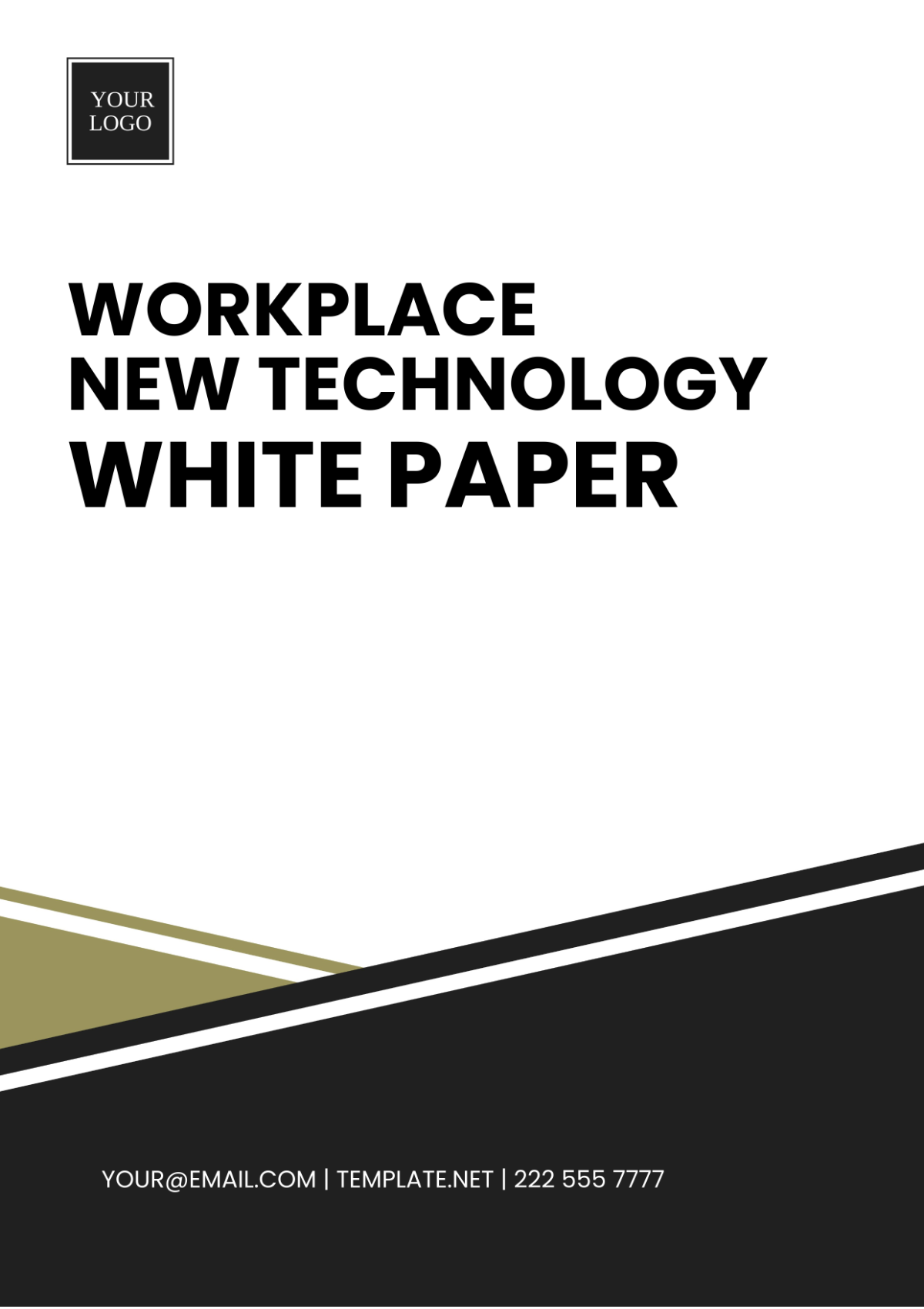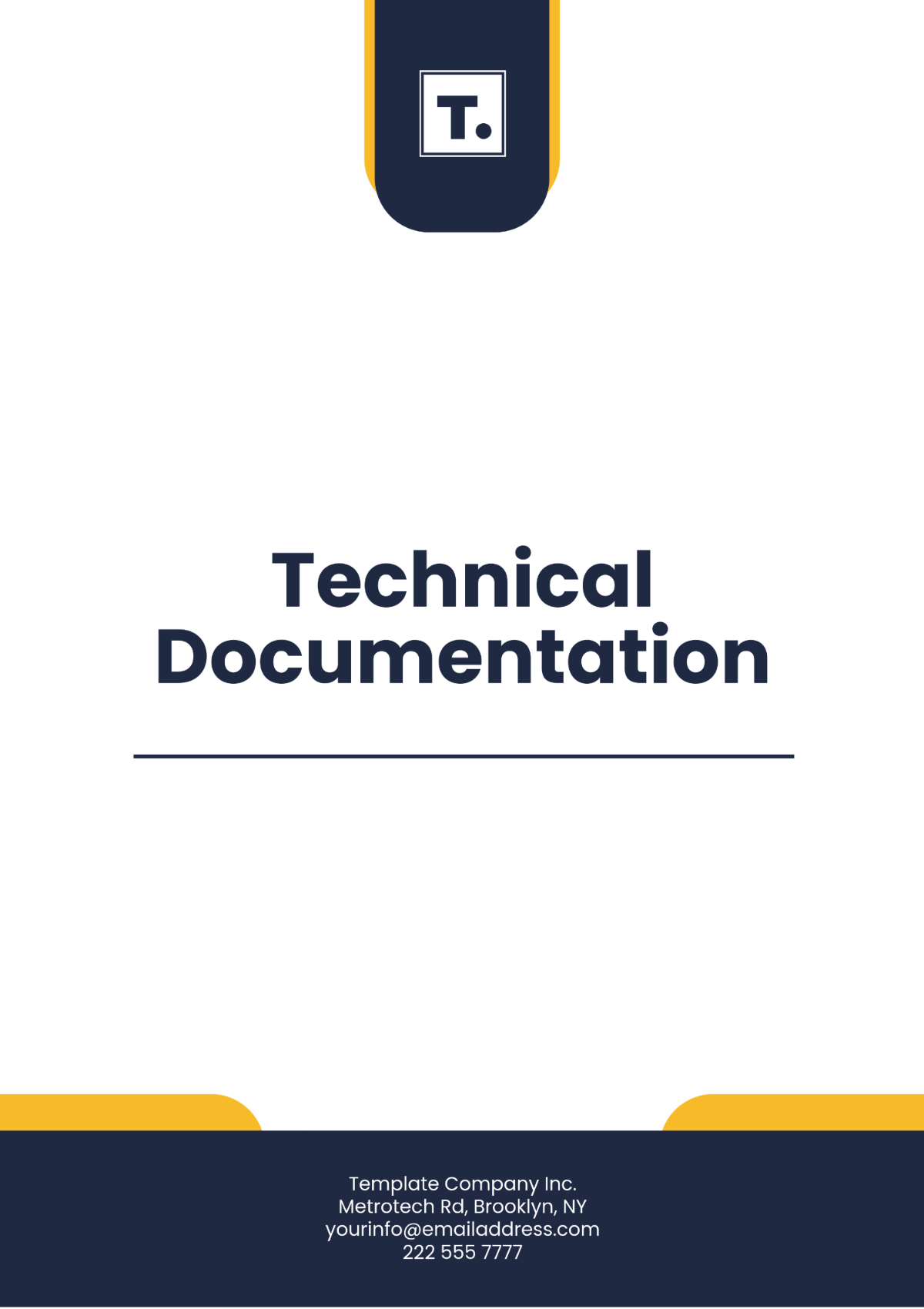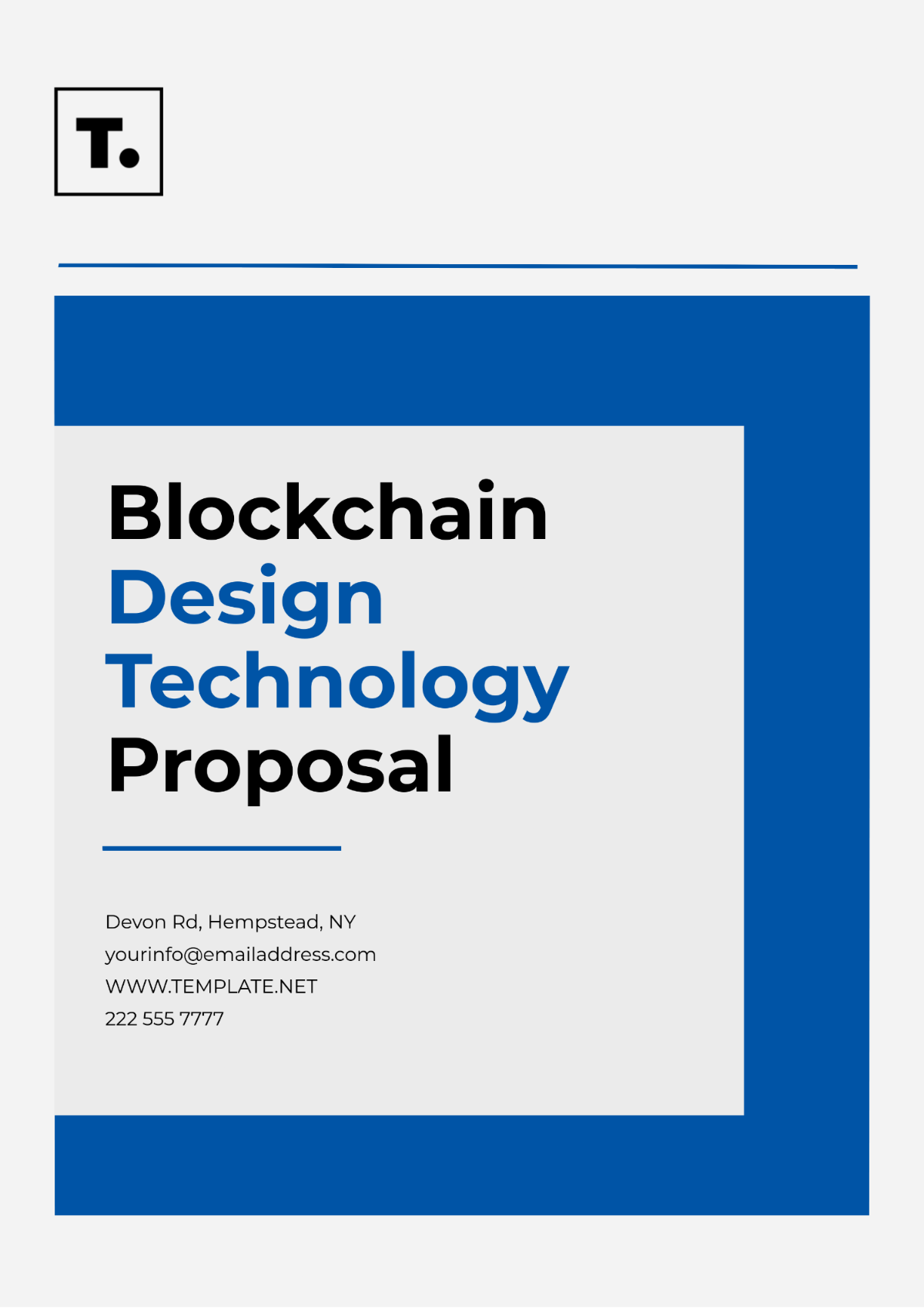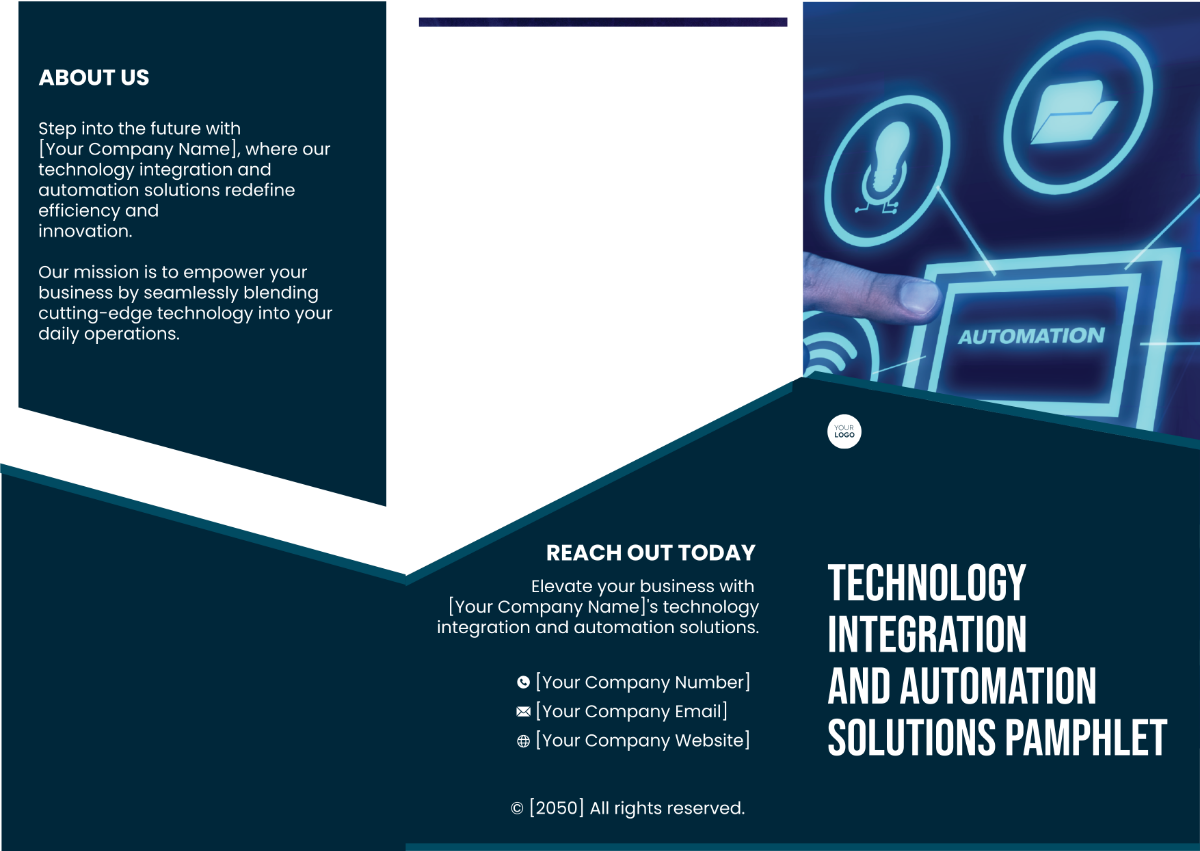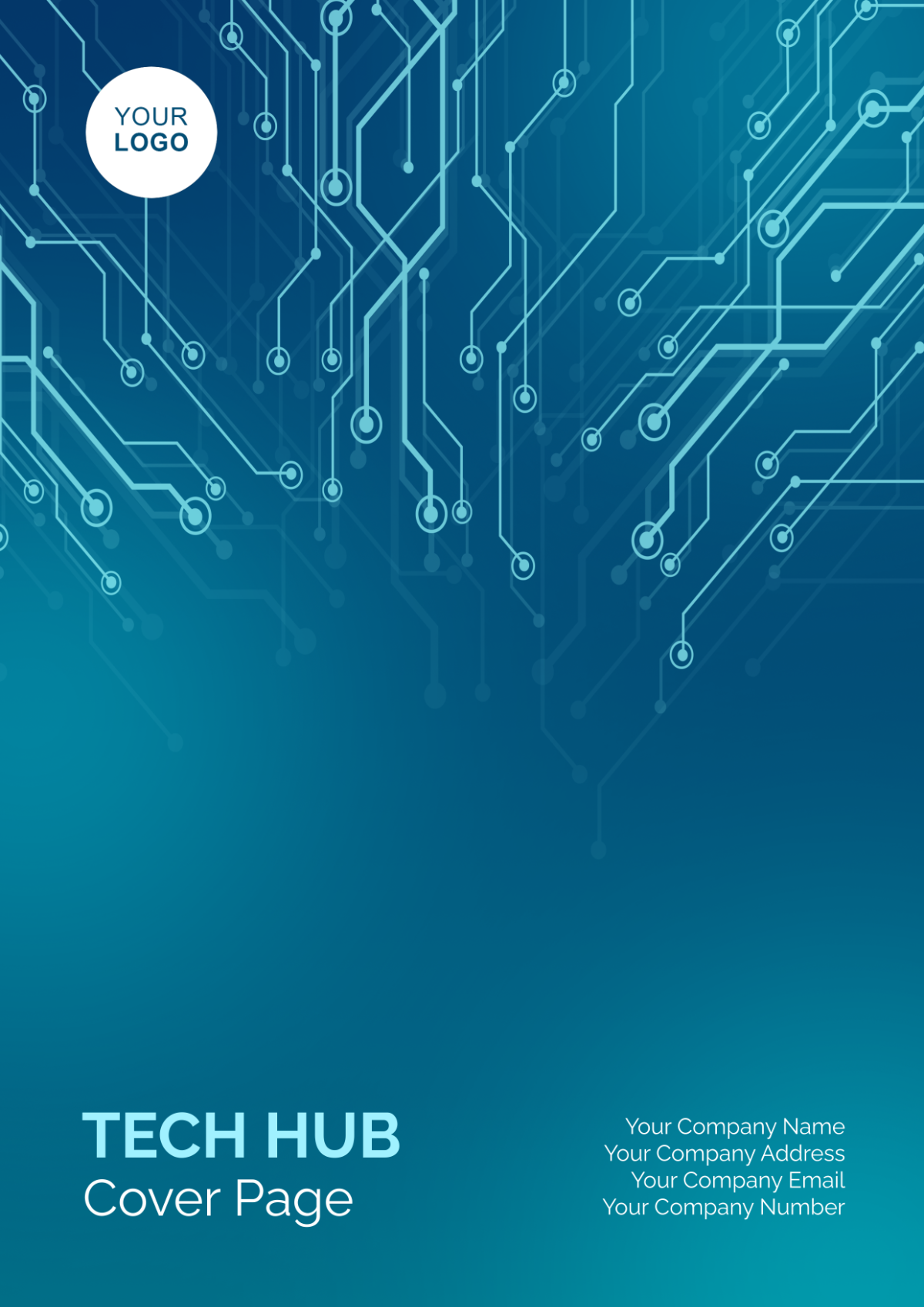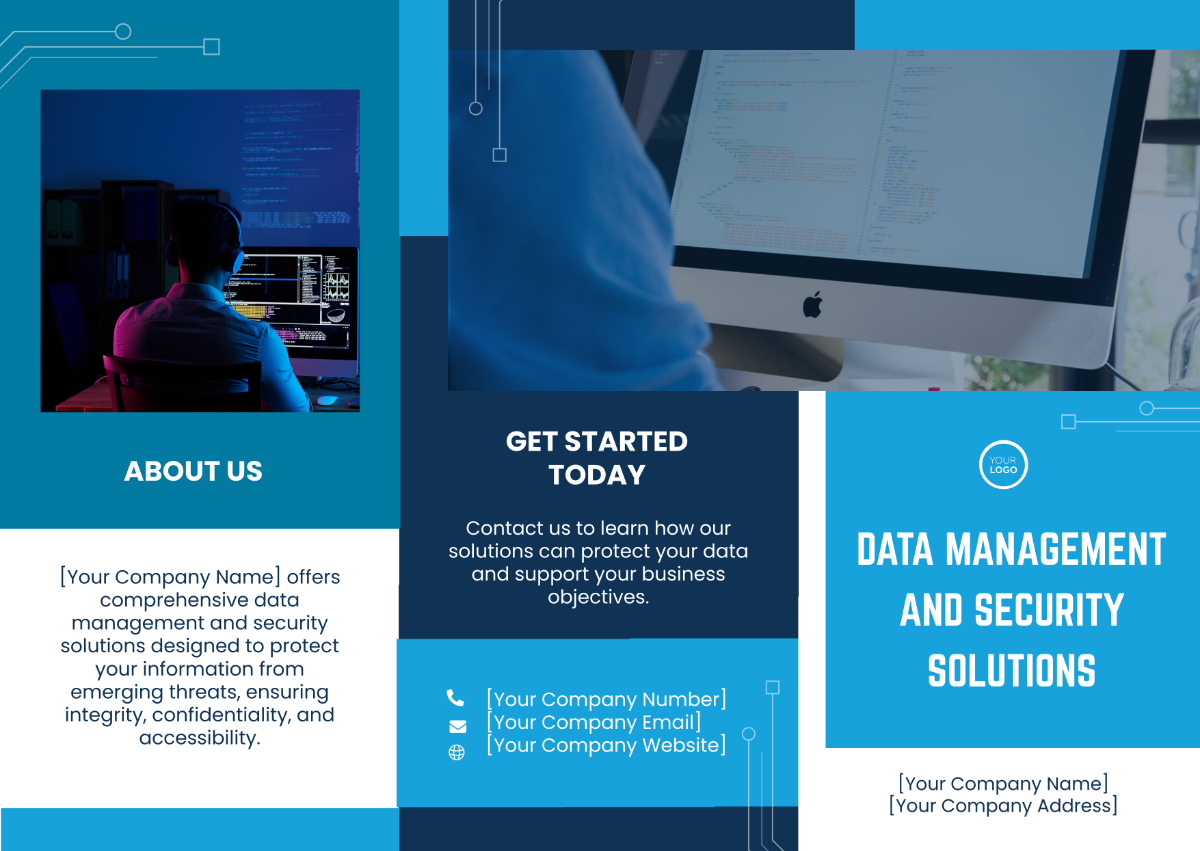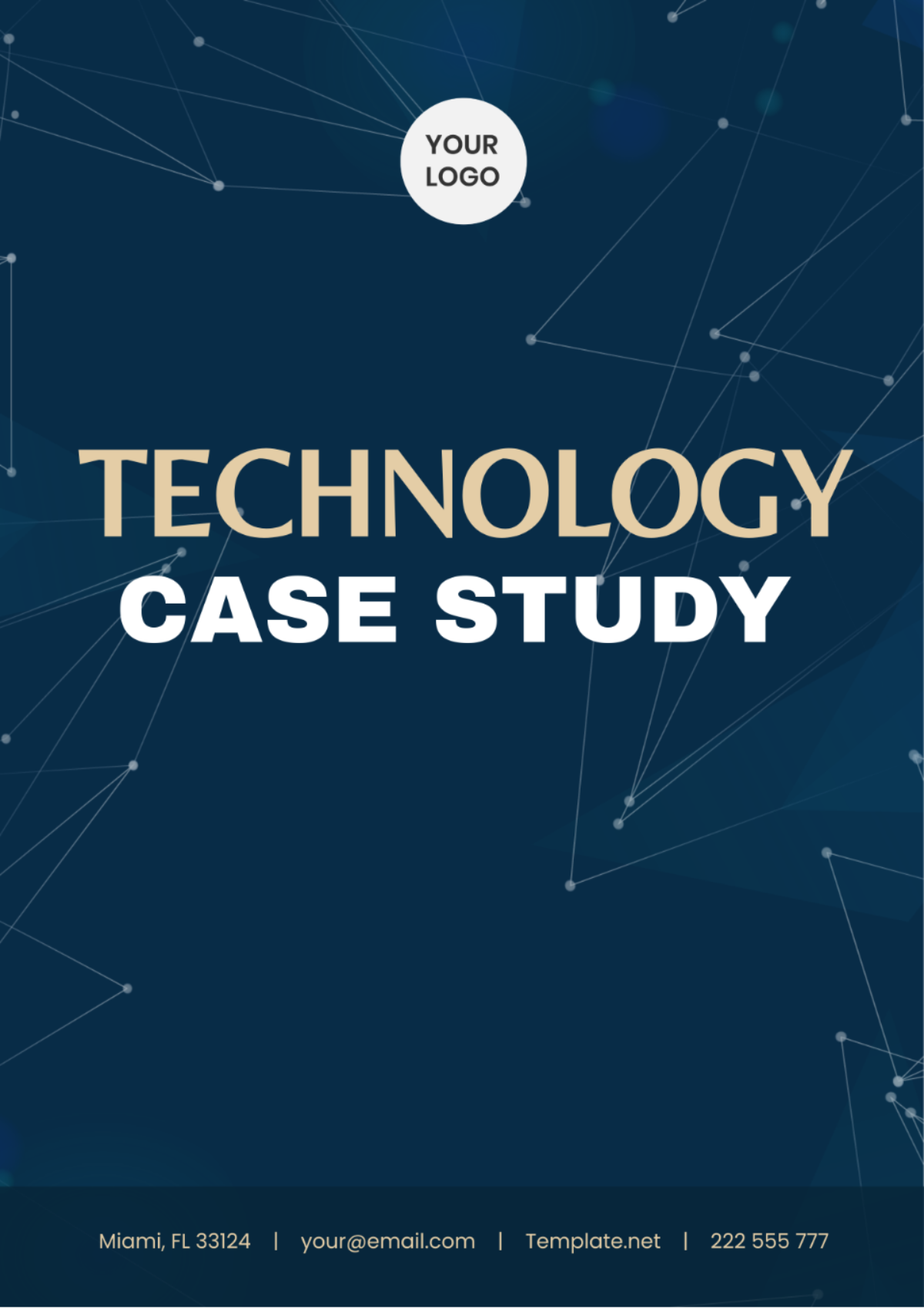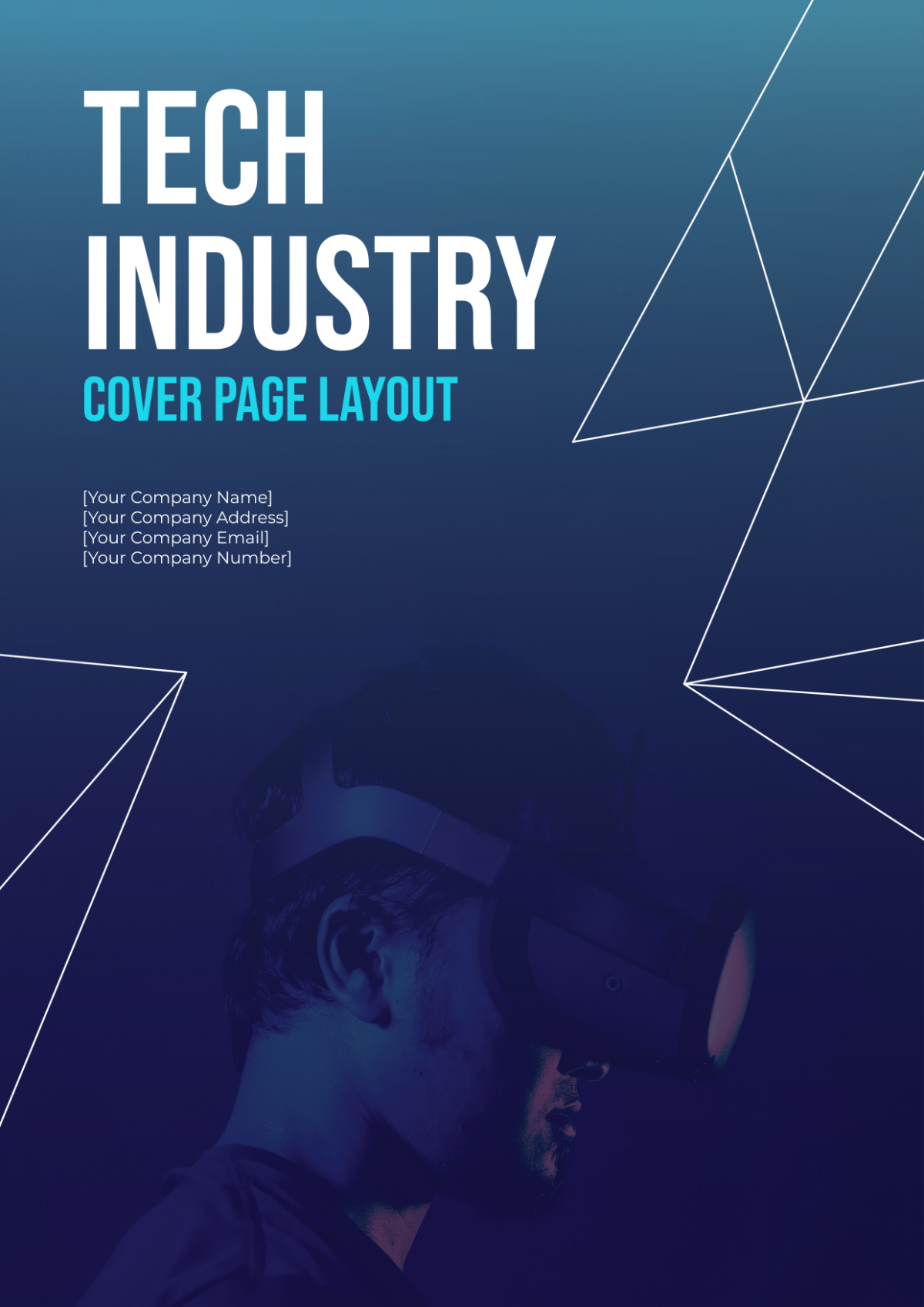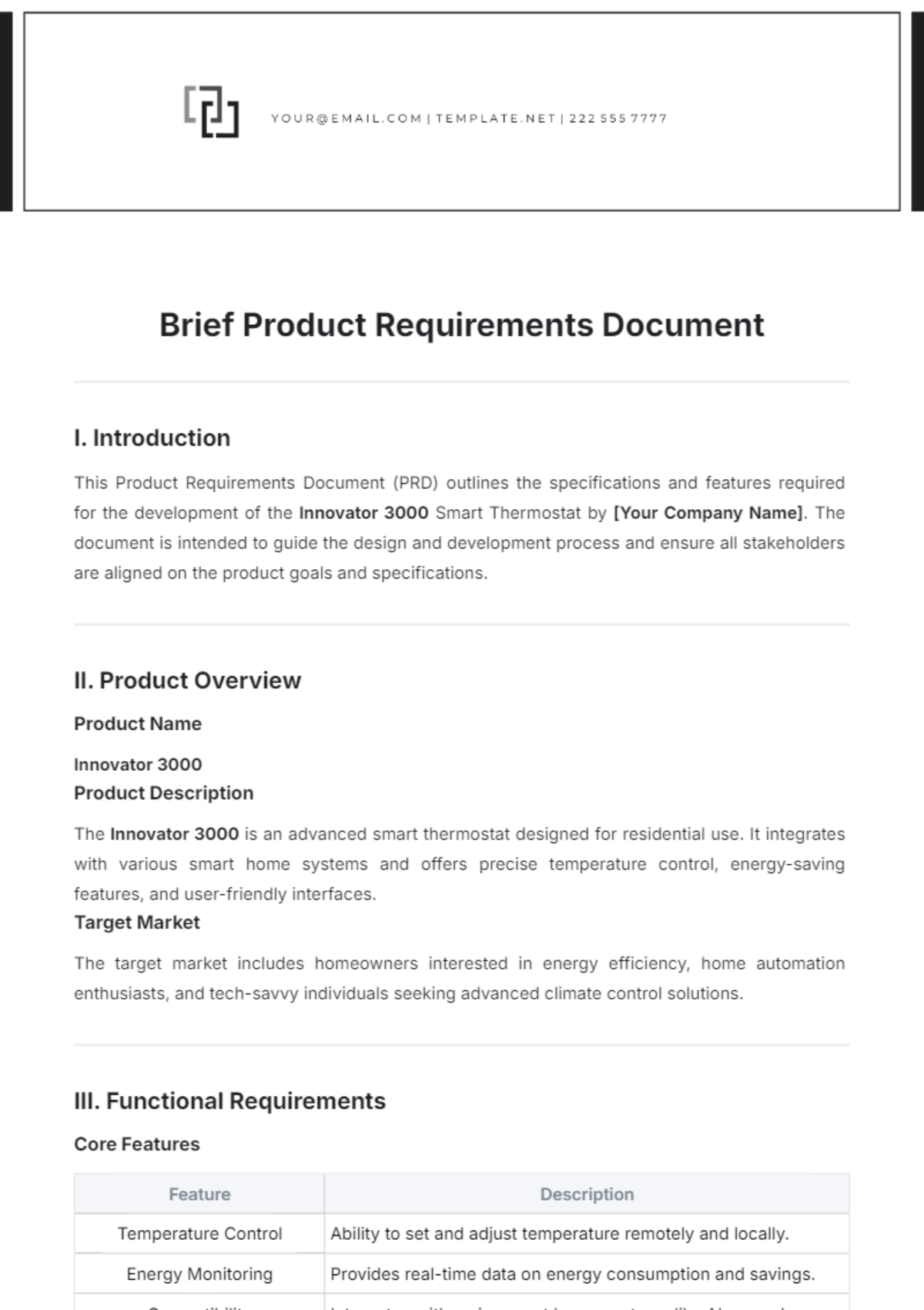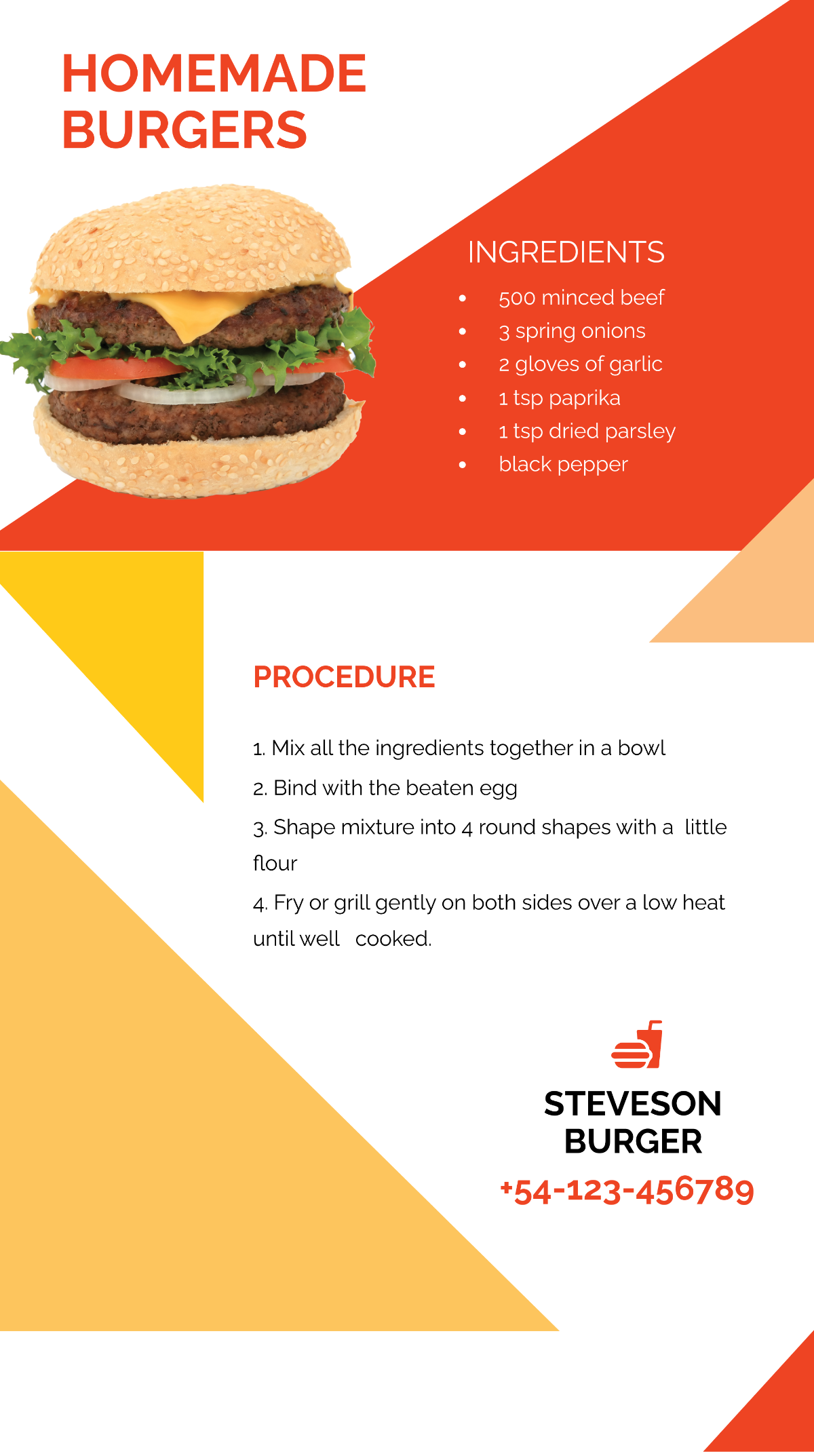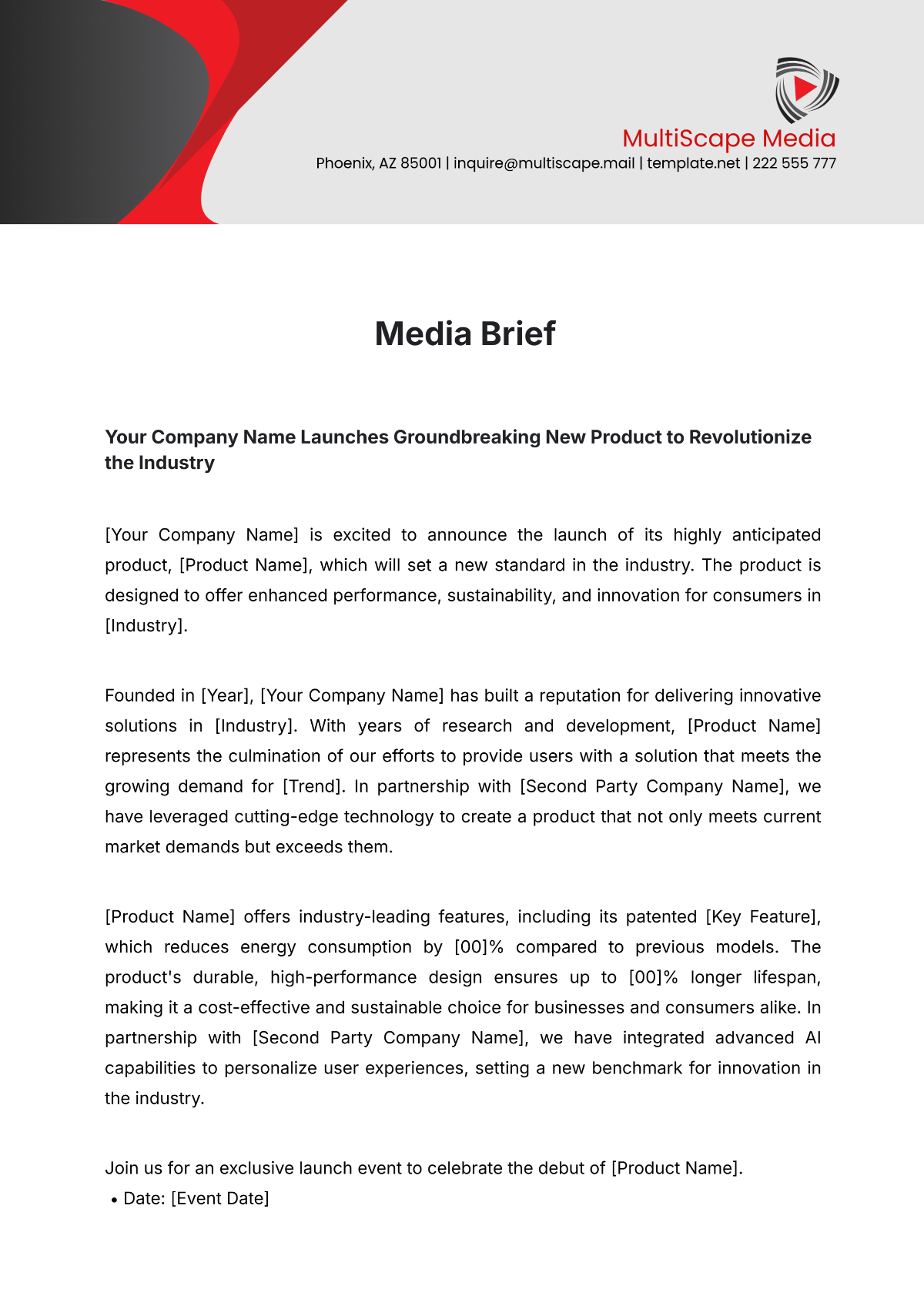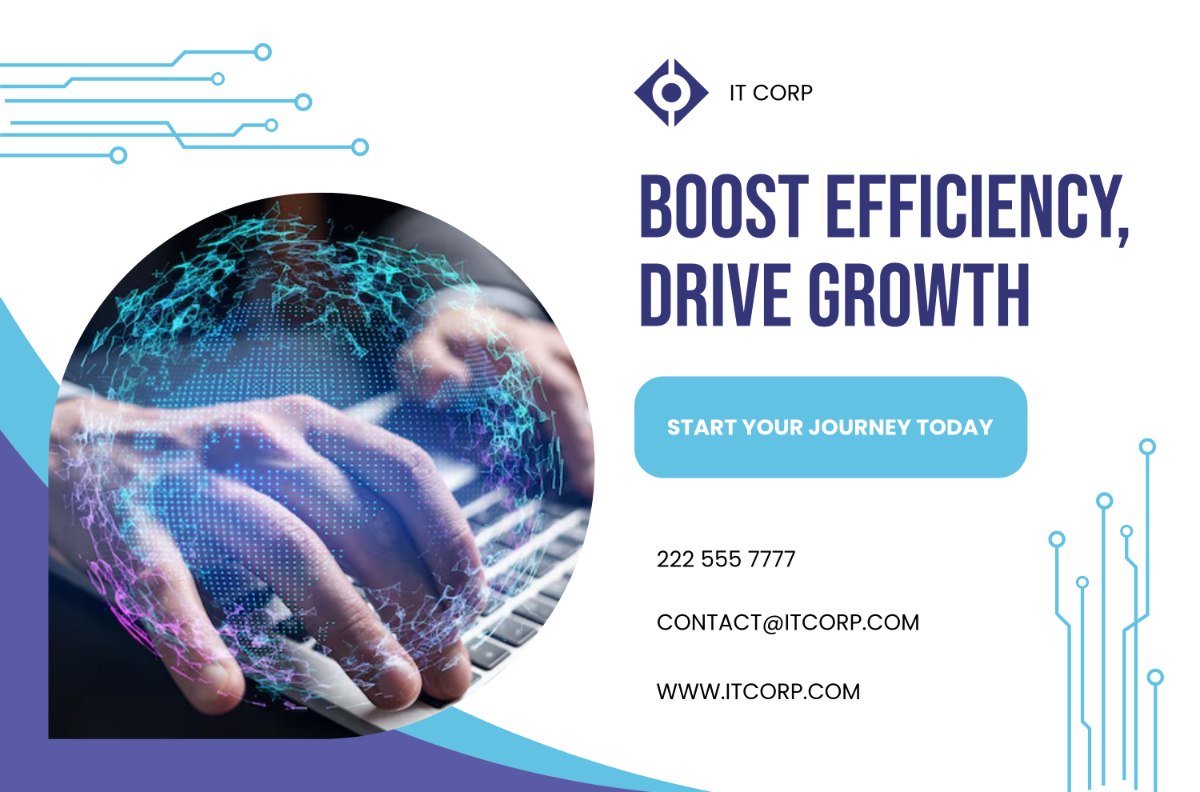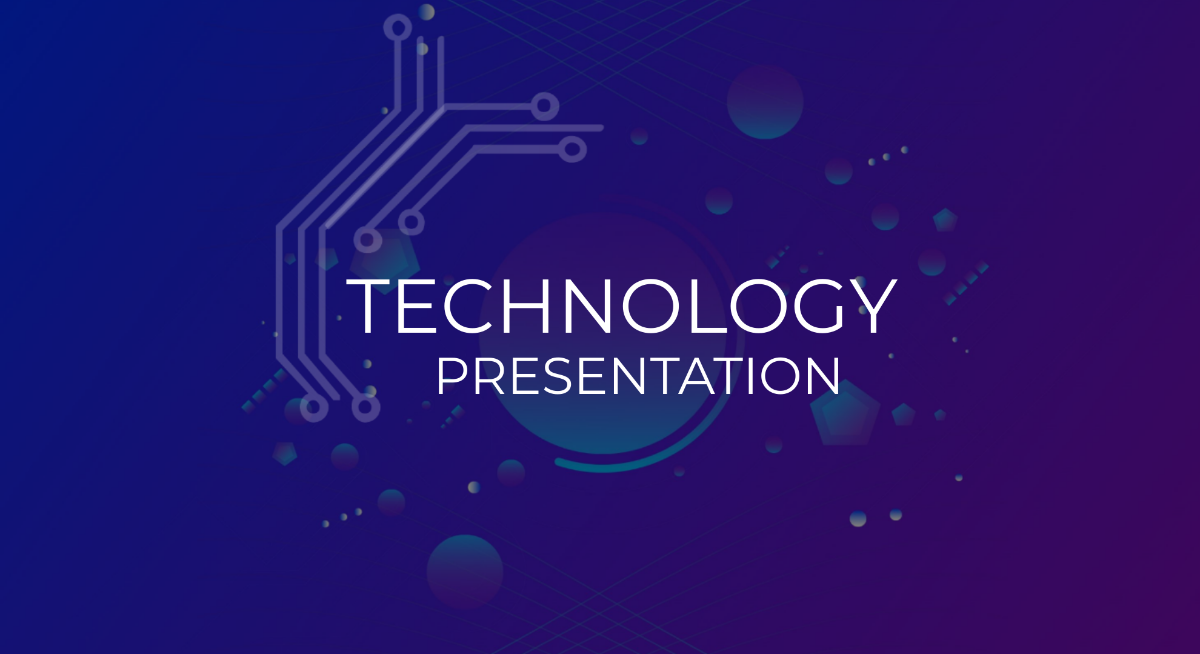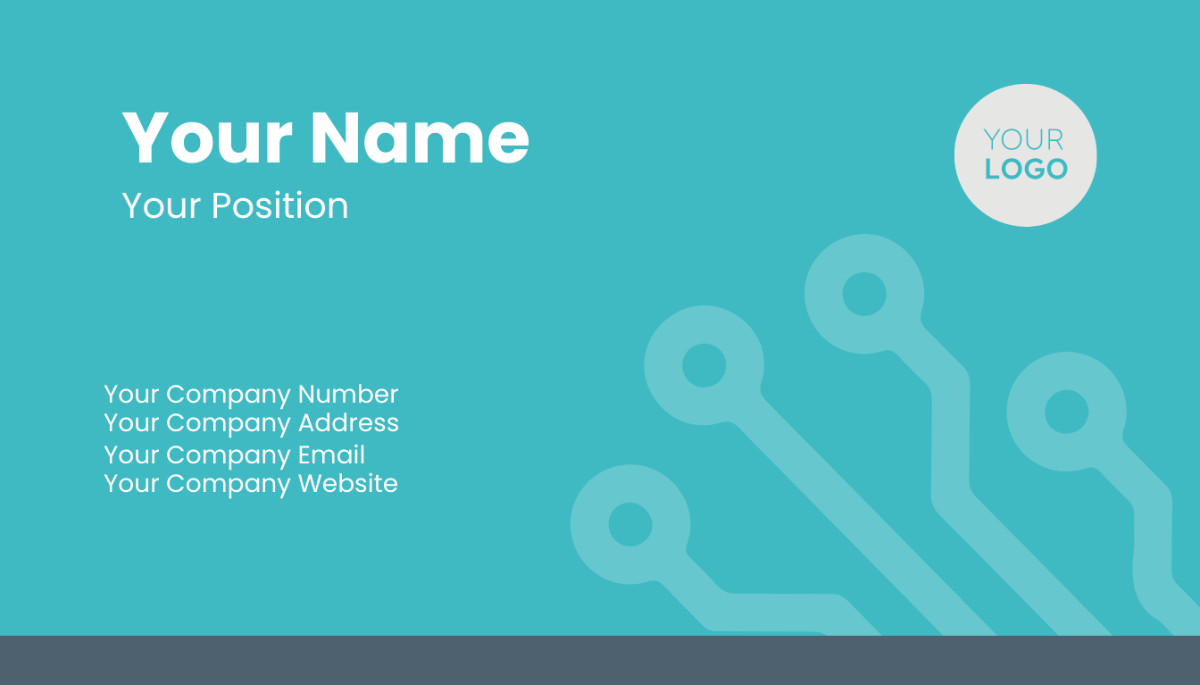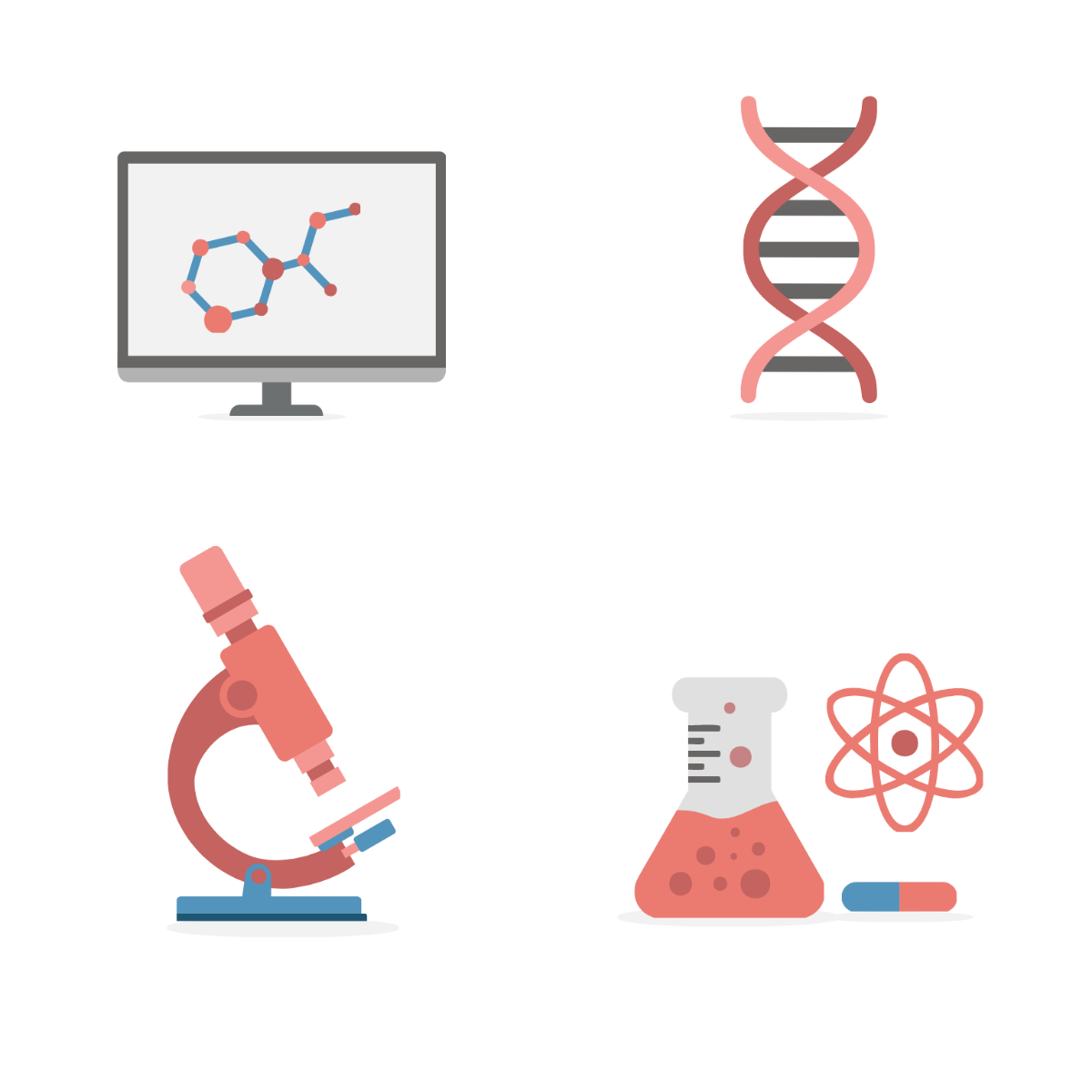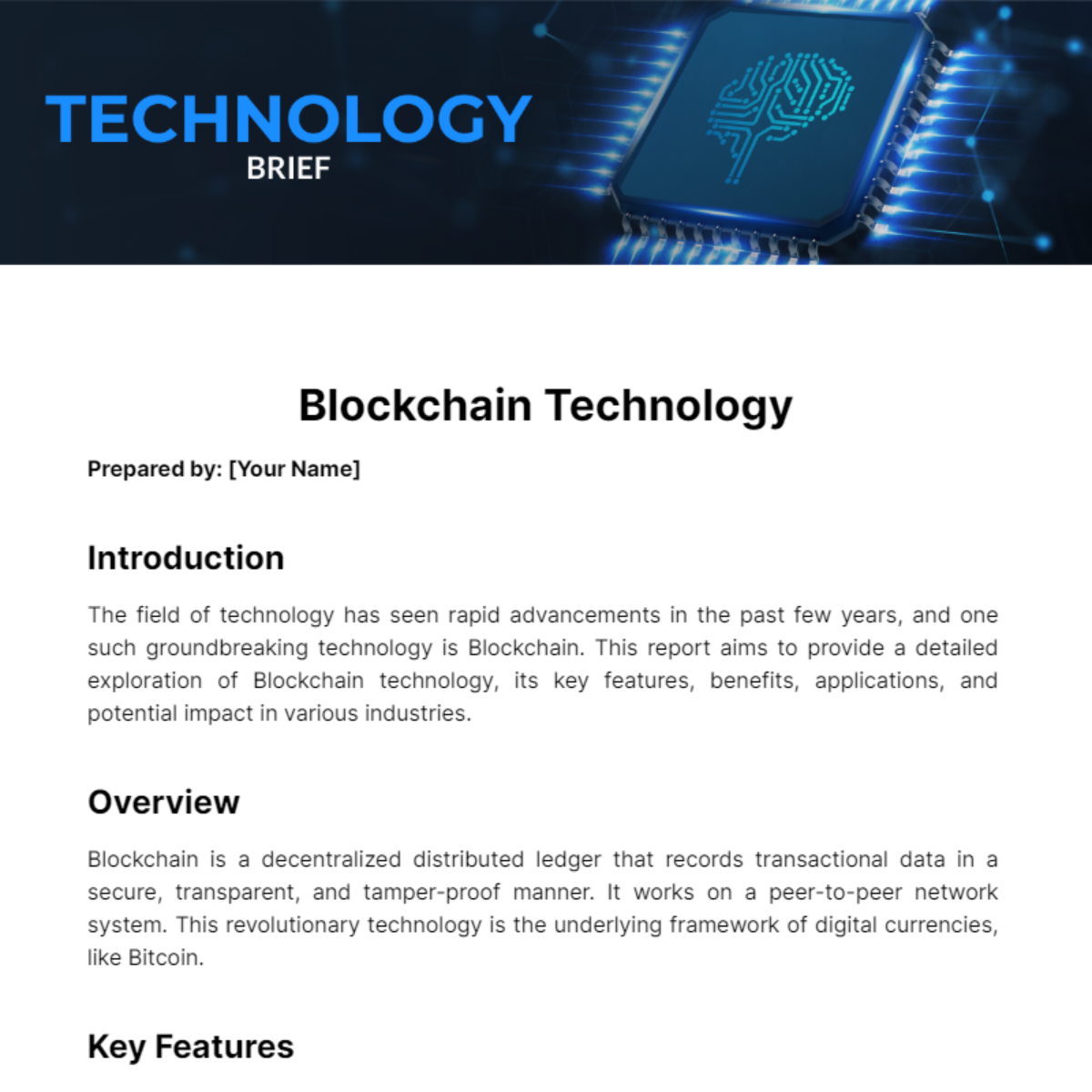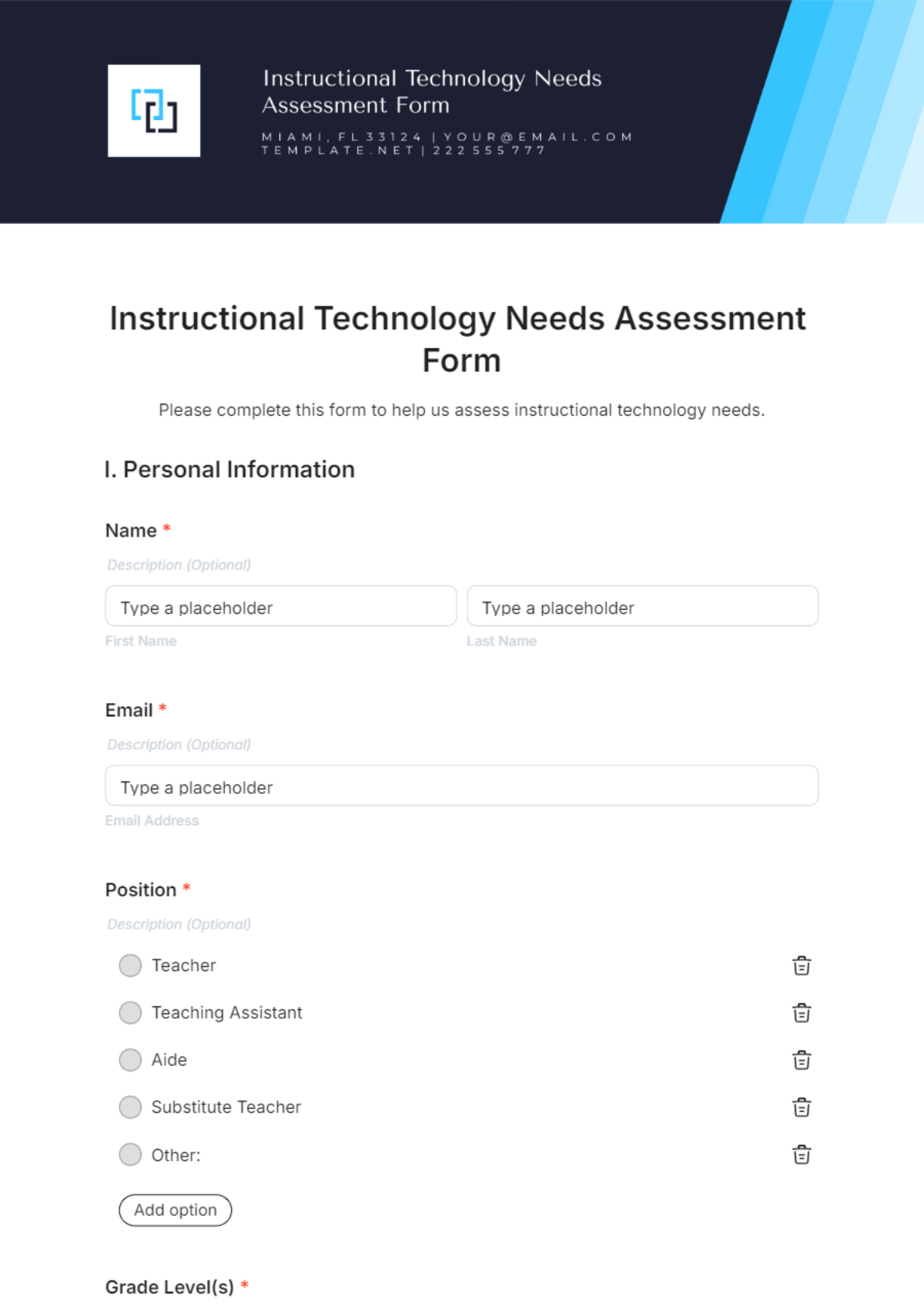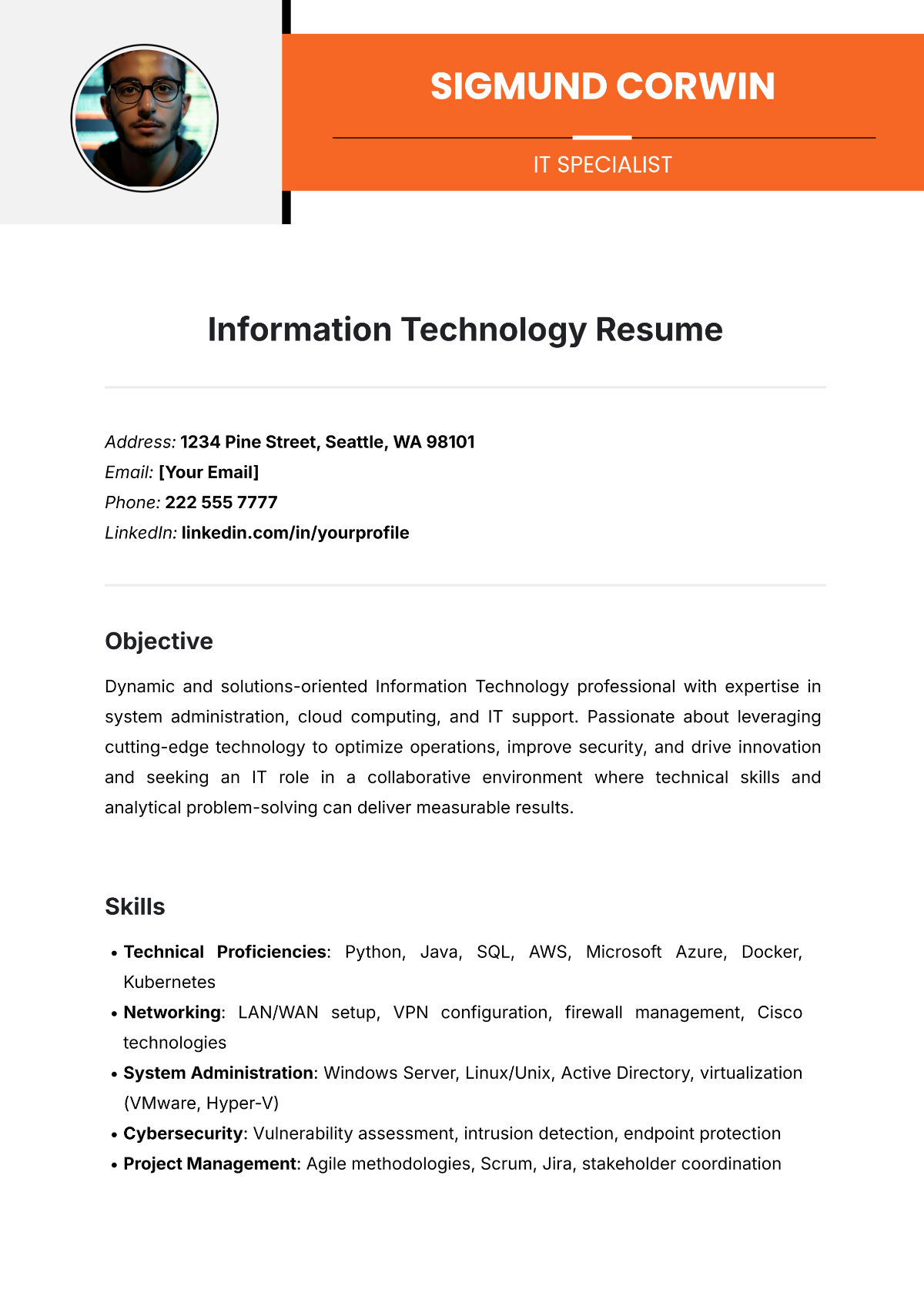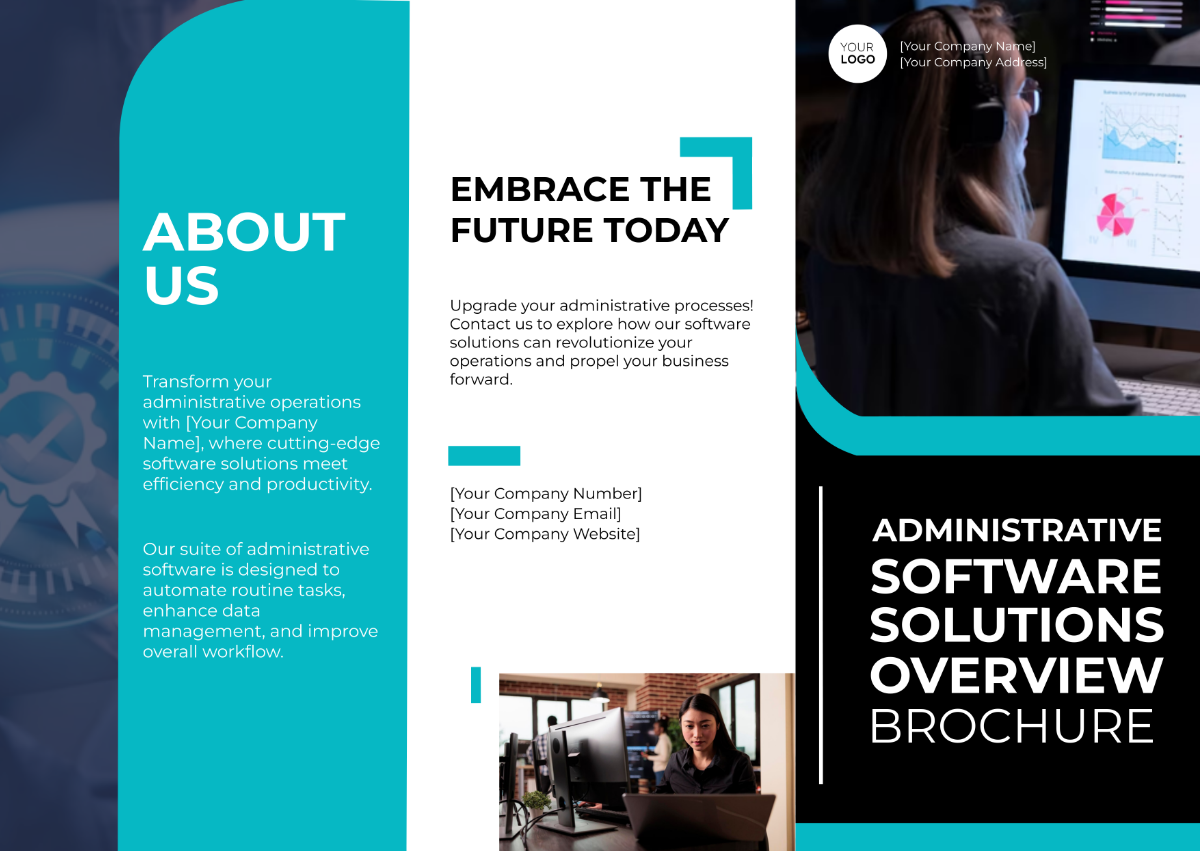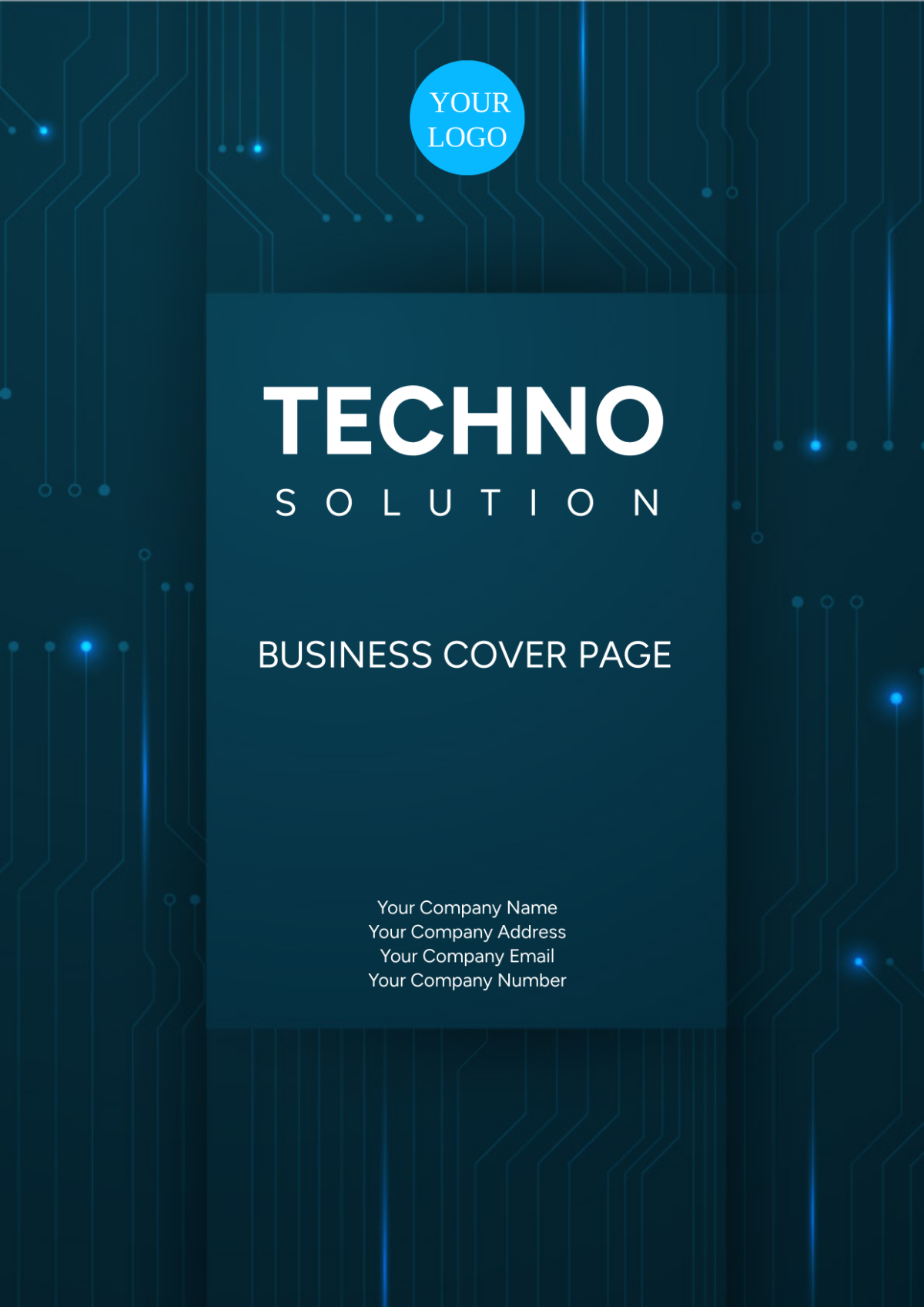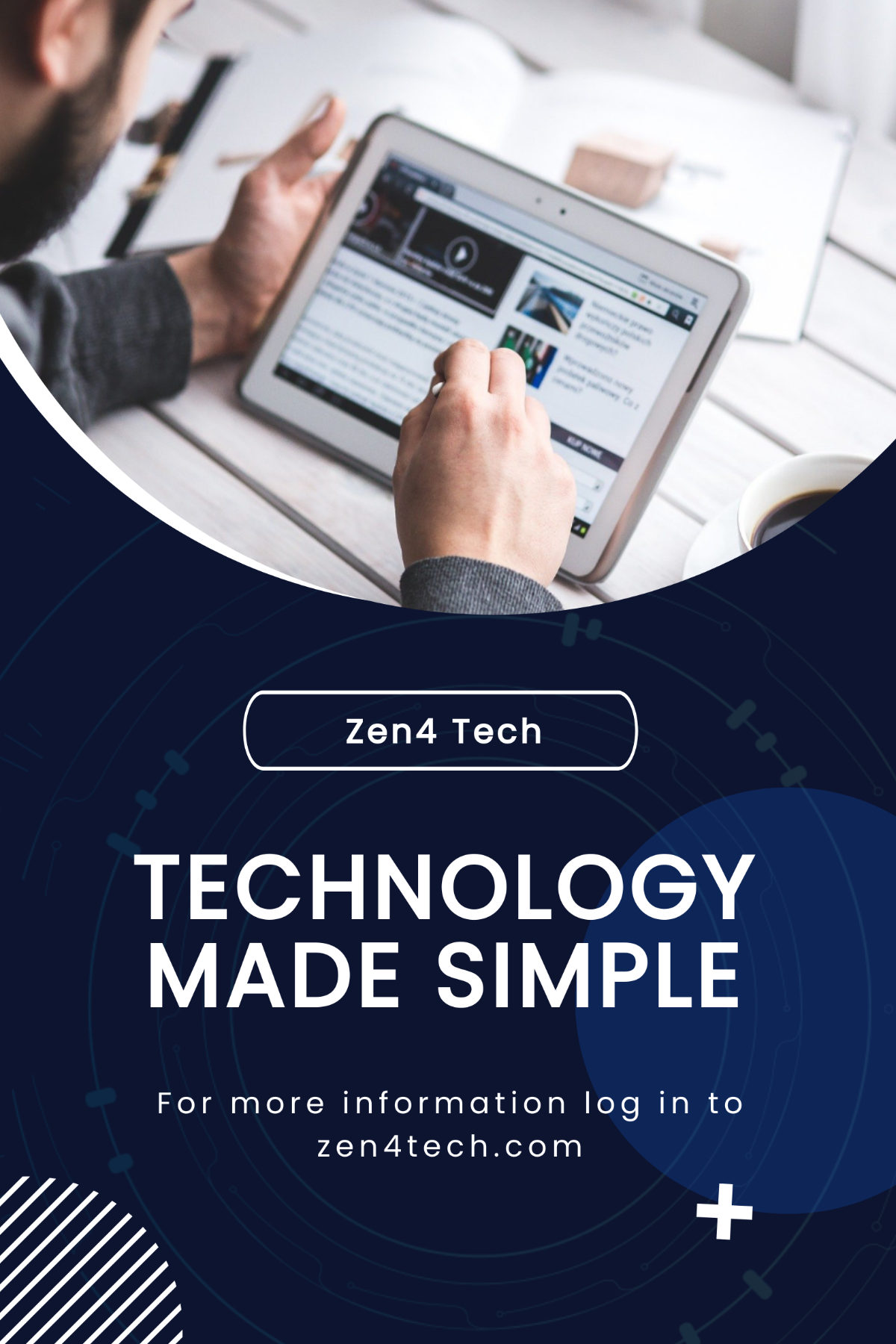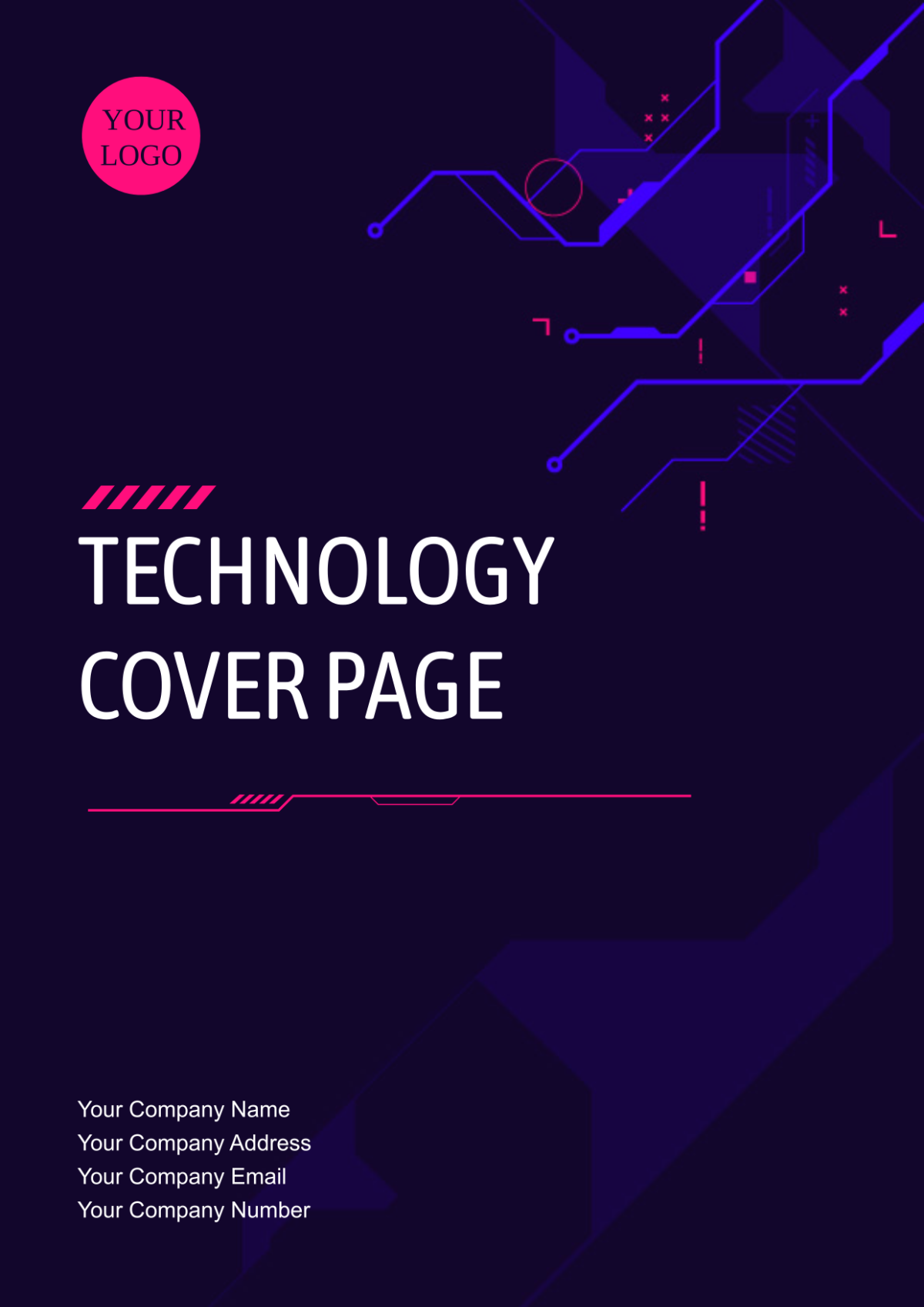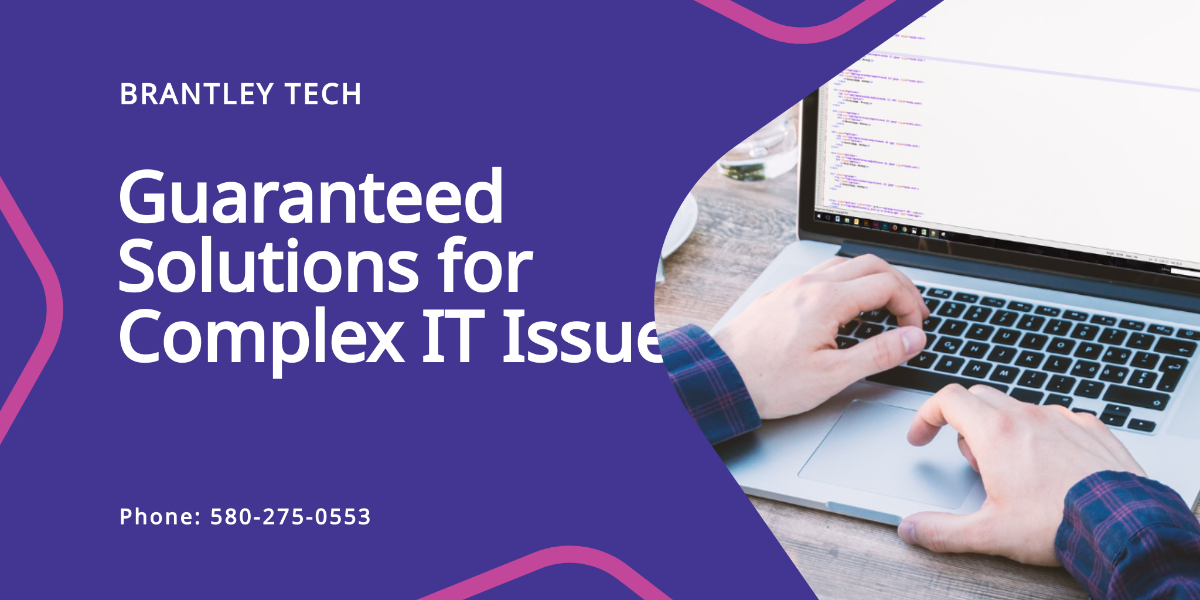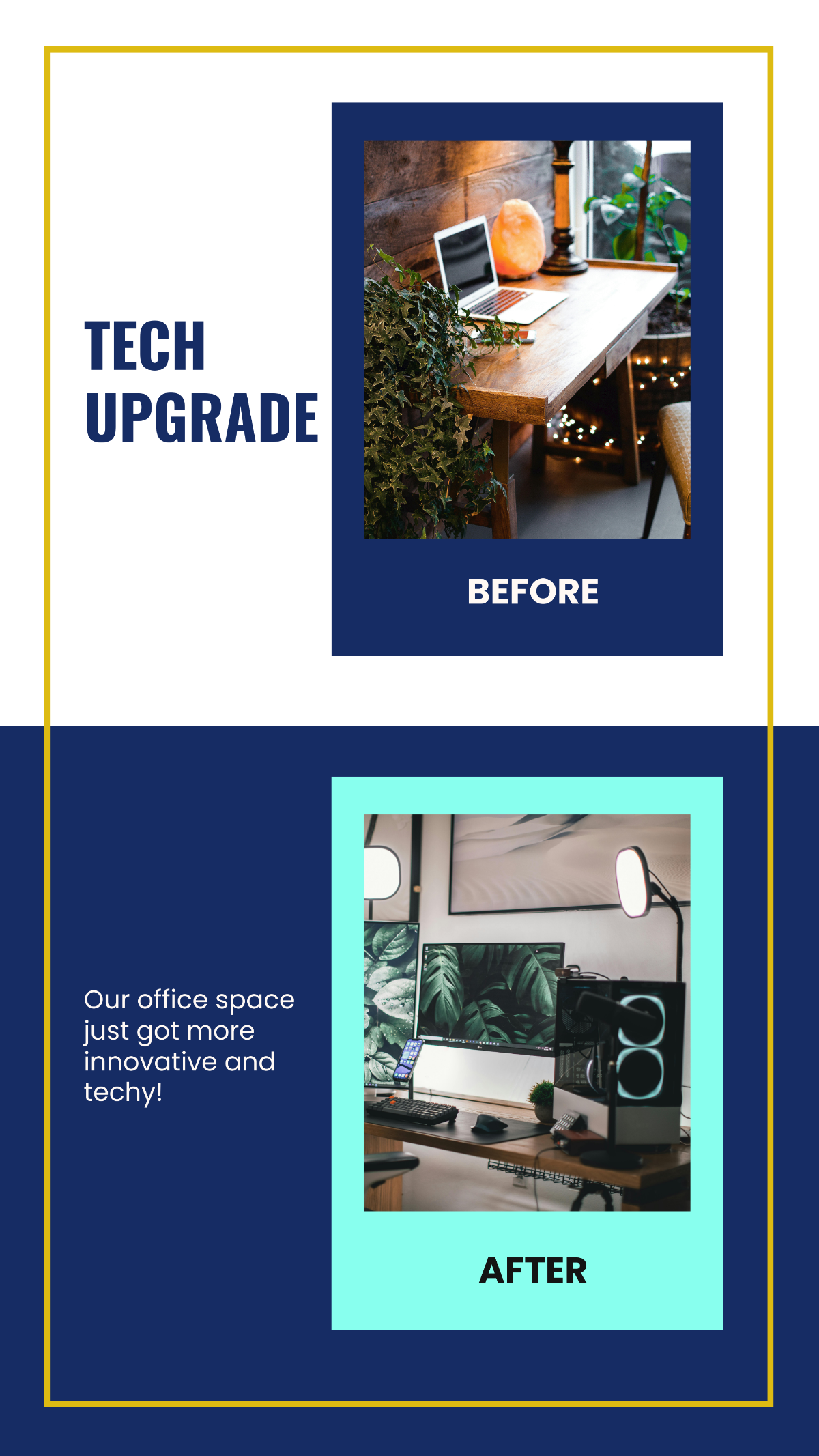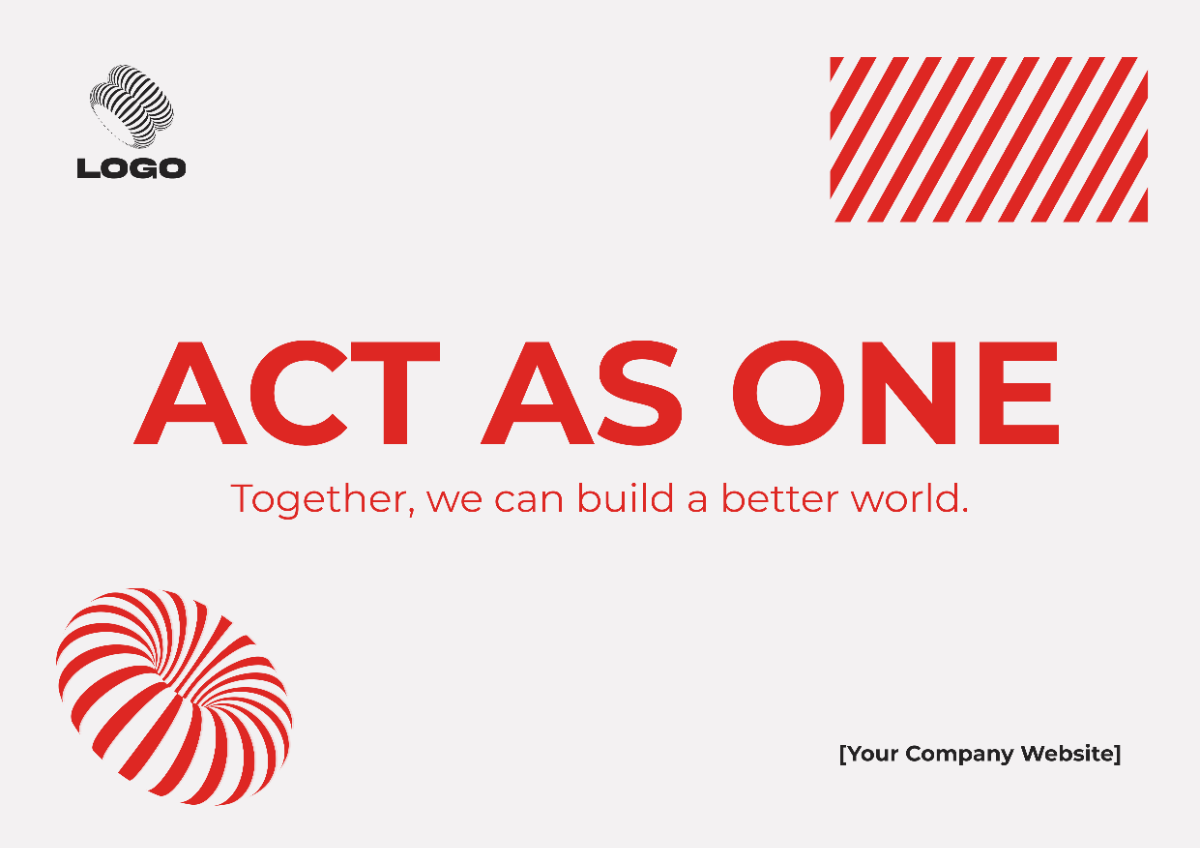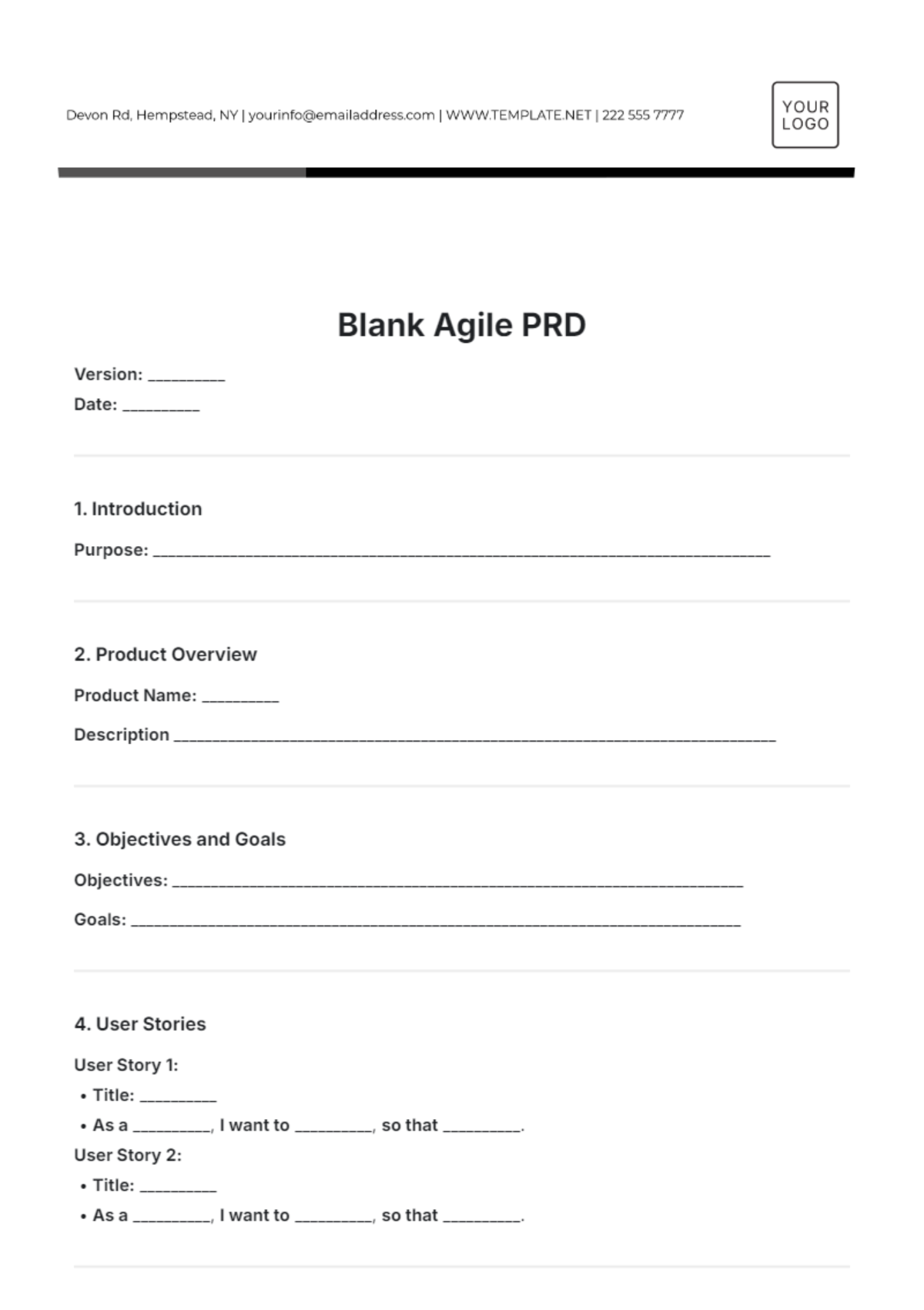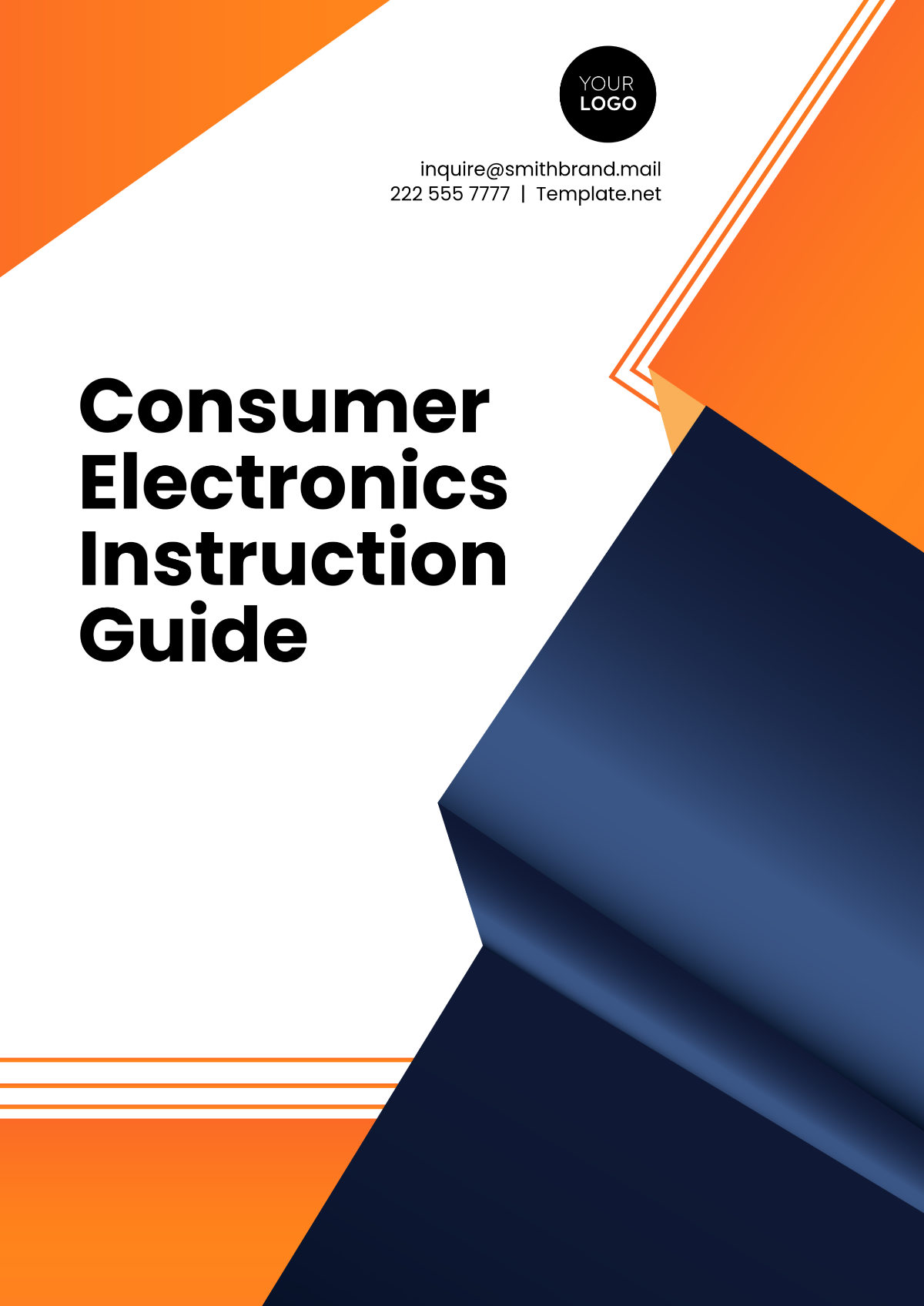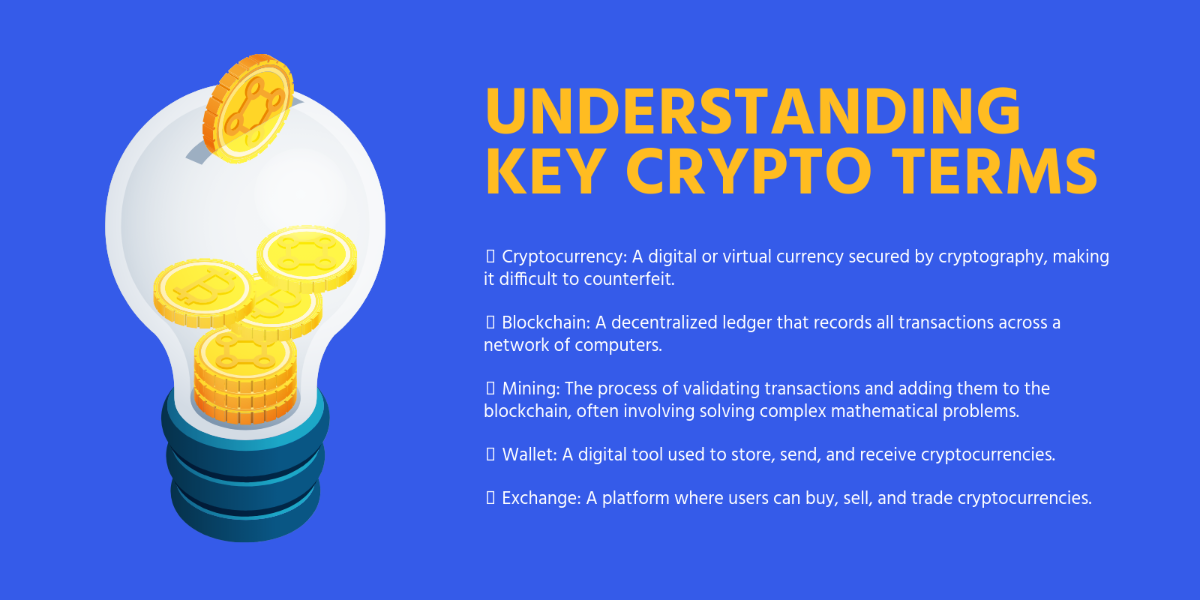Software Implementation Brief
Prepared by: [Your Name]
Date: [Date]
Introduction
This Software Implementation Brief outlines the essential details for the "Customer Relationship Management (CRM) System Upgrade" project. This document aims to provide a detailed overview of the project objectives, scope, timelines, resources required, budget, and potential risks involved in the implementation process.
Project Objectives
Upgrade the existing CRM system to enhance user experience, improve data management capabilities, and increase efficiency in customer interactions.
Implement new features such as advanced reporting and analytics to provide actionable insights for sales and marketing teams.
Ensure seamless integration with existing business systems and workflows to minimize disruption and maximize productivity.
Scope
Upgrade the CRM system software to the latest version, including customization to meet specific business requirements.
Migrate data from the legacy system to the upgraded platform while ensuring data integrity and security.
Provide training sessions for end-users to familiarize them with the new features and functionalities.
Timelines
Phase | Timeline |
|---|---|
Requirements Gathering and Planning | March - April 2050 |
System Configuration and Customization | May - June 2050 |
Data Migration and Testing | July - August 2050 |
Training and User Acceptance Testing | September - October 2050 |
Go-Live and Post-Implementation Support | November 2050 |
Resources Required
Project Manager: Responsible for overall project coordination, communication, and risk management.
CRM System Administrator: In charge of system configuration, customization, and user training.
Data Migration Specialist: Tasked with migrating data from the old system to the new platform.
IT Support Team: Provides technical assistance and troubleshooting during implementation and post-implementation phases.
Training Facilitator: Conducts training sessions for end-users to ensure a smooth transition and adoption of the new system.
Budget
Below is an example of a budget table for the CRM system upgrade project:
Budget Item | Estimated Cost |
|---|---|
Software Licensing and Upgrade | $50,000 |
Professional Services | $30,000 |
Internal Resource Allocation | $20,000 |
Contingency Reserve | $10,000 |
Total Budget | $110,000 |
Potential Risks
Data Loss or Corruption During Migration
Resistance to Change Among End-Users
Technical Compatibility Issues with Existing Systems
Delays in Software Customization or Testing
Budget Overruns Due to Unforeseen Circumstances
Conclusion
In conclusion, the successful implementation of the software is crucial for achieving our organizational objectives. By adhering to the outlined project plan and addressing potential risks proactively, we aim to deliver a high-quality solution that meets the needs of our stakeholders.






